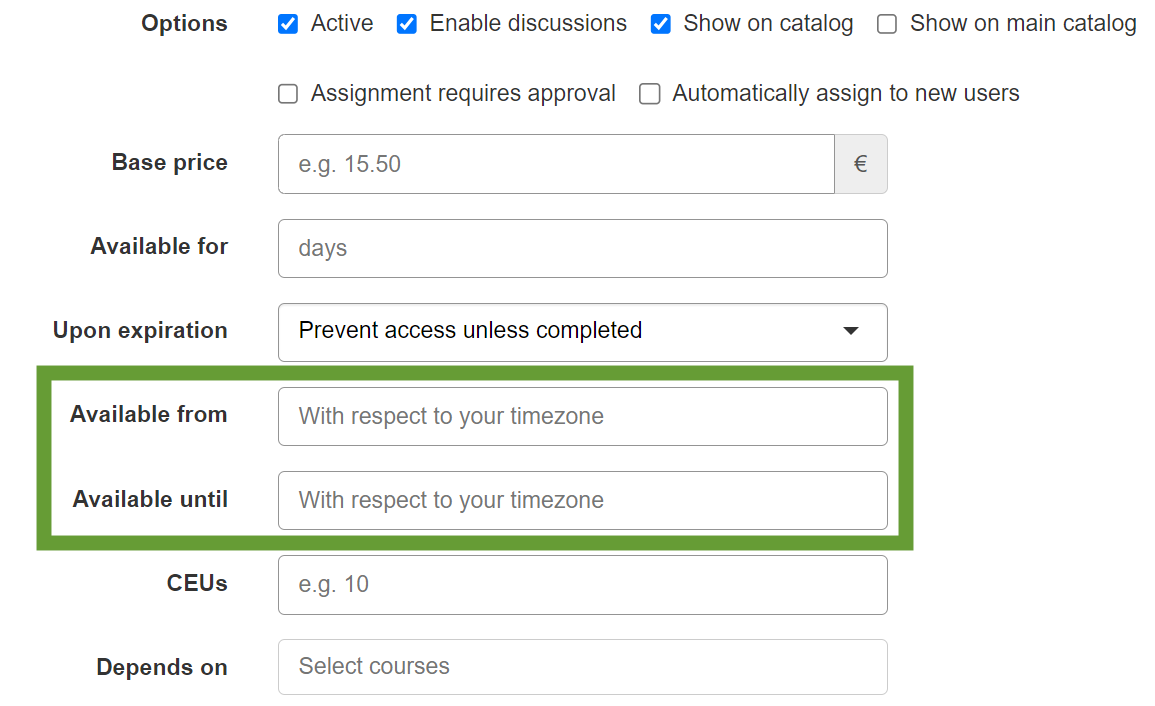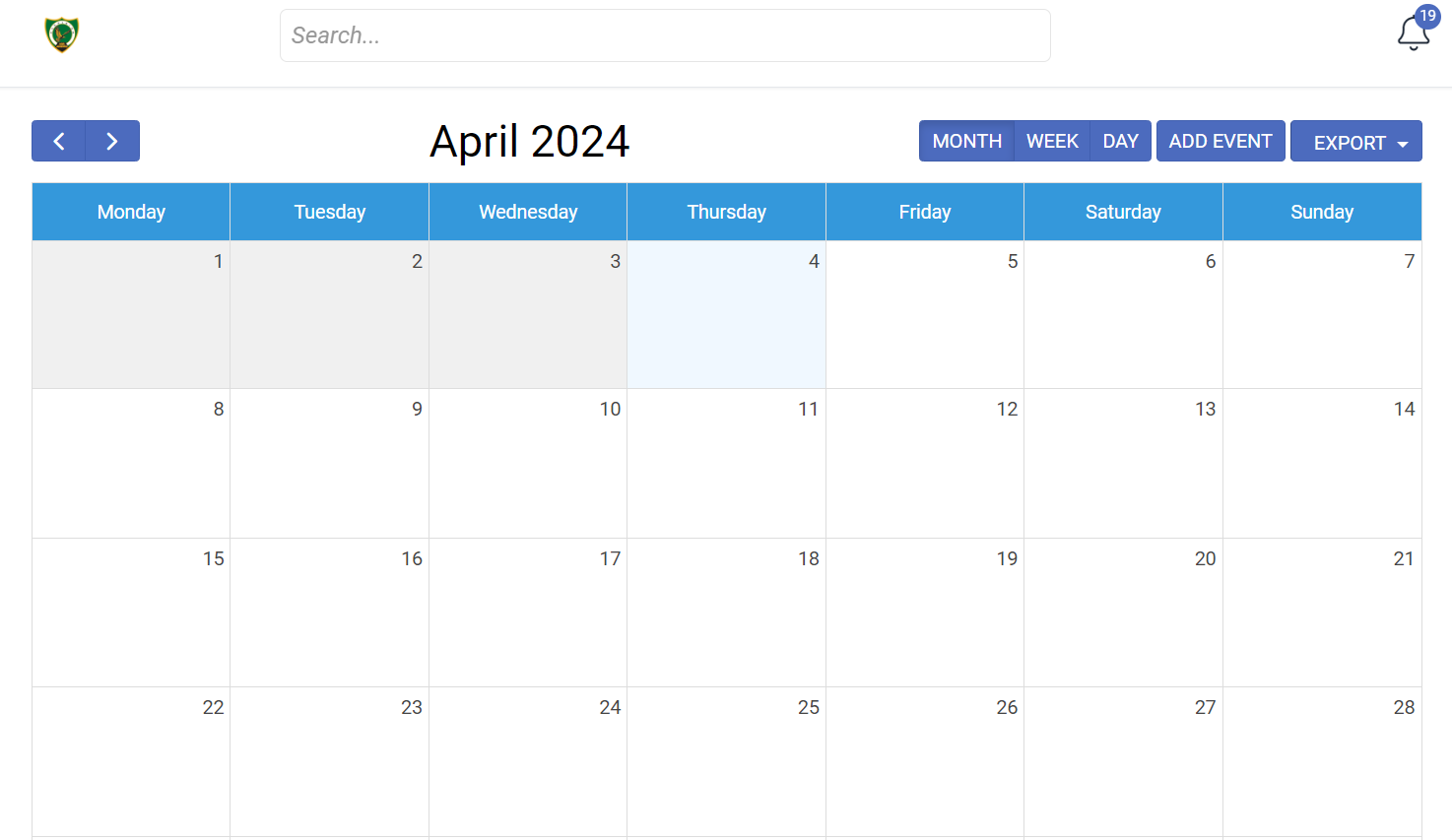6 Tips for Tracking Employee Training Effectively [with a Free Employee Training Tracker Template]
So you've planned training for your staff. Planning took a lot of work and you're dreading the tedious task of tracking training. From attendance to learning outcomes, many factors have to be considered. This article provides some tips that will ease the burden and help you track employee training efficiently.
Employee training tracking goes beyond tracking attendance. You’re tracking various employee training metrics including training completion rate, employee feedback and satisfaction, training hours vs employee performance improvement, and time to competency.
Lakeisha Palmer, Group Head of Talent Development at the Digicel Group, shared some tips with the One on One team that will help you develop an employee training tracking system that captures key metrics and helps you make informed decisions about your staff’s learning and development. Lakeisha’s insights are based on her 20+ years of experience as a learning and development professional.
Let’s dive into Lakeisha’s six tips.
6 Tips for Tracking Employee Training Effectively
Tracking employee training is crucial in ensuring employees are properly equipped with the necessary skills and knowledge to perform their roles effectively. The best way to track employee training in your organization will depend on the unique needs of your staff, the size of your organization, and the available tech resources. Here are six tips that will help you find the best solution.
Create a Needs-Specific Training Program
A needs-specific training program is employee training that addresses the skill gaps and needs you’ve identified are lacking within your organization. It’s not a one-size-fits-all training program.
Have you ever planned training sessions that didn’t result in an improvement in your team’s performance? Often, a big part of the challenge is not understanding each staff member’s training needs.
Typically, you use your general observations to determine your team’s knowledge and skill gaps. While general observations are valuable, it’s also important to assess each employee’s current skills, job requirements, and performance reviews. This assessment should be done in alignment with the organization’s goals.
For example, let’s say your organization’s goal is to become the leading plumbing solutions provider in the Caribbean within three years. Currently, you have 20 staff members — six are plumbers with no tertiary-level education, two are admin staff with a minimum of five CXC subjects, and the rest are people with some type of certification but no formal degrees.
You do an assessment and notice that most of your staff doesn’t know modern plumbing techniques. They also spend a lot of their time doing administrative tasks manually because they don’t have strong computer skills. There are also issues with your logistics and supply chain management because you don’t have someone to manage those operations.
Your training should prioritize improving your team’s plumbing and computer skills. On a separate note, you’ll need to hire a trained logistics and supply chain manager. But you’ll also need a clear onboarding training process so that this new hire understands how your company works.
The plumbing store example highlights the value of doing a detailed training assessment. The first thought may have been to get customer service training for the team because, well, everyone needs it. But a closer analysis revealed that the issues relate more to a lack of core skills. That’s what this plumbing store’s employee training program should address.
The best employee training program will address your team’s needs according to your organization’s priorities and goals. A needs-specific training program is easier to track because you’re clear about the gaps and your objectives.
Your objectives outline what employees will learn and what skills they will acquire upon completion of the training. This will help you track progress and measure the effectiveness of the training.
You will also be better able to choose the best employee training methods for your team. Let’s discuss a few popular training methods.
Choose the Best Training Methods for Your Staff
It is crucial to select appropriate training methods based on the nature of the content and the learning preferences of your employees. Training methods can include workshops, seminars, online courses, on-the-job training, mentoring, or coaching.
An ongoing debate among Caribbean business leaders is whether online or in-person training is better for staff. It doesn’t have to be one or the other. You can use hybrid employee training to give your staff a good mix of both online learning and in-person training.
Tamara Dunbar, Training and Development Manager at ATL Automotive, explains the value of hybrid training in the clip below.
One on One makes hybrid training easy with our well-equipped training studio. Instead of having all your employees meet in one place, you can live stream training sessions from the studio to your employee’s devices, wherever they are in the world. Our team can also help you pre-record courses and package them for on-demand consumption via our learning management system.
Create a Training Schedule
Once you have decided on objectives and methodology, you should develop a training schedule that outlines when each training programme will take place, including dates, times, locations, and duration. Make sure to communicate the schedule to all employees well in advance.
Online training is an important training methodology. There usually isn’t a set training schedule for online training, but you can use a learning management system to group courses and assign courses to specific employees or departments. You can also set deadlines for course completion as shown in the image below.

Here’s an explanation of the three most important elements of this image.
Available For: This is a set amount of days that the course will be available after a person is enrolled.
Available From: This is the date that the course will be live.
Available Until: This is the final day to complete the course.
Record Training Attendance
Here is where the tracking of employee training really starts. You need to keep a record of employee attendance for each training session. This can be done manually using sign-in sheets or electronically through a learning management system.
This is a necessary step because it updates the employees’ training profile with the relevant training information. It’s also quite useful in determining if the employee actually participated in the training event and whether he/she may be eligible to participate in an advanced course related to the previous course.
Lakeisha shared an employee training tracker template with us that allows you to track attendance at in-person training events.
Access the Employee Training Tracker Template
Keep Track of Completed and Upcoming Training Activities for Each Employee
You also need an efficient way to keep track of training your employees have already completed and training they have coming up. A learning management system is an effective way to track attendance at in-person training sessions (such as workshops and seminars) and completions of online courses.
You can also use a learning management system to keep track of your monthly and annual training calendars. Here’s an example of what a training calendar looks like in One on One’s LMS.

You can easily add training events to the calendar for everyone to see. You can also export the calendar for use outside of the LMS.
Using a learning management system to track training activities will help you bolster employee growth through career path planning. Lakeisha explains the importance of career path planning in the clip below.
Collect Qualitative and Quantitative Feedback
Three types of employee training feedback are crucial for effective training tracking — direct employee feedback, assessment results, and feedback from organizational leaders.
Direct employee feedback in the form of surveys or one-on-one conversations helps you understand how your staff feels about the training experience. You want to know what went well and what didn’t. Their feedback will help you create a continuous feedback loop where you revisit the training, make the necessary changes, and keep employees informed about adjustments made.
Assessment results tell you a lot about your courses. They tell you who is performing well and who isn’t. They can also hint at a course being too difficult. It’s important to continuously review your team’s assessment results so that you can swiftly create individual learning plans where necessary.
Finally, feedback from organizational leaders helps you know whether training has improved team performance. This feedback can come in the form of quarterly performance appraisals. It can also come through one-on-one conversations with team leaders.
Track Employee Training with a Reliable Learning Management System (LMS)
Reduce the manual work involved with employee training tracking. Invest in a learning management system that will help you reduce training costs in the long term and provide your team with an engaging learning experience. Book a demo to learn more about how One on One’s LMS can help you upskill and reskill your employees.

